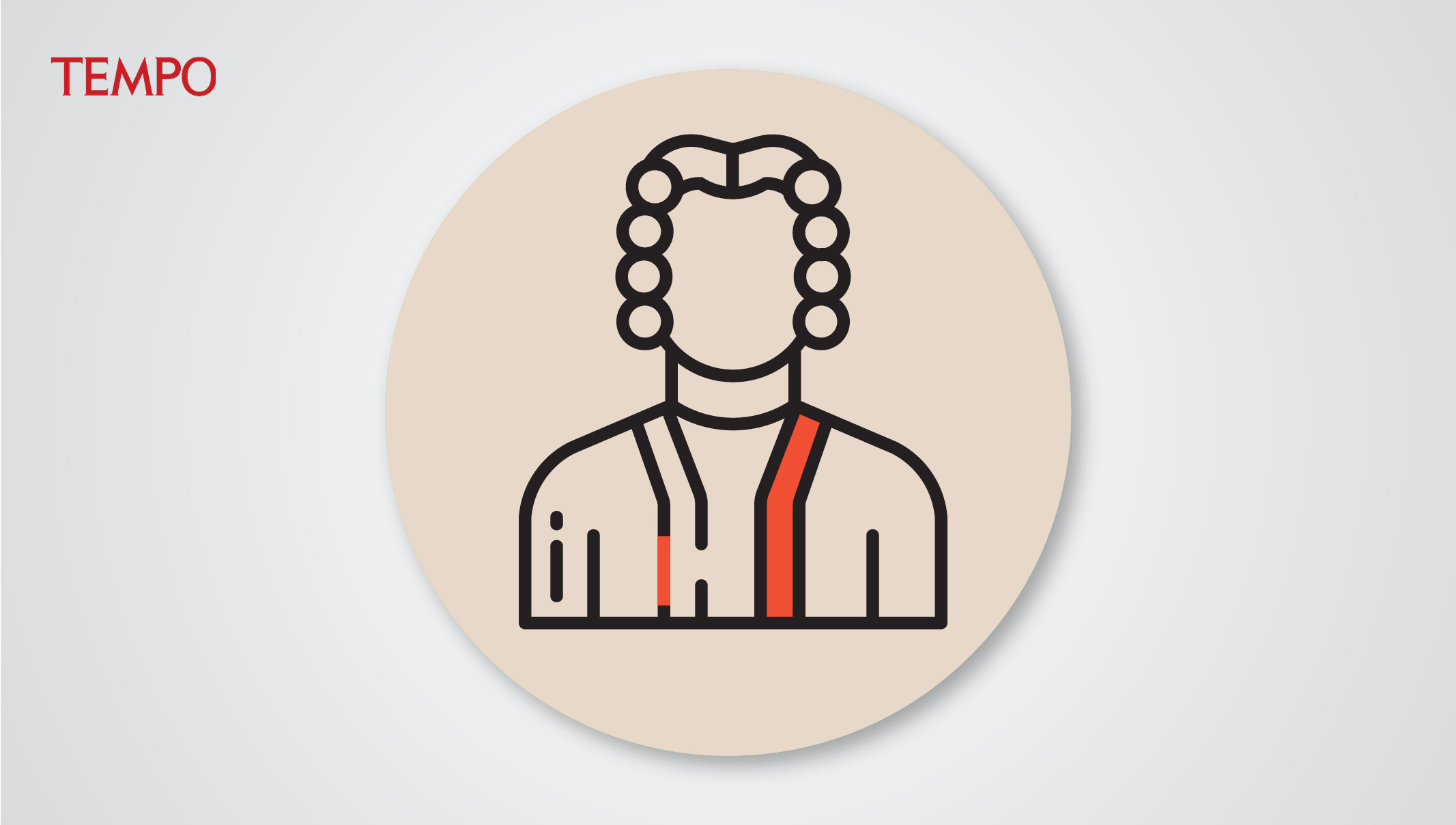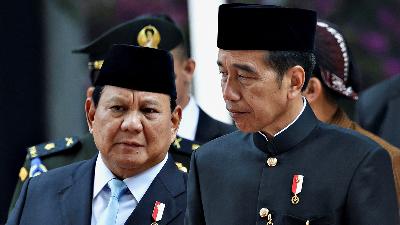The Dark Succession of the Supreme Court Chief Justice
The contest for the selection of the Supreme Court Chief Justice is heating up. There are indications it is riddled with the interests of the government and tycoons.
Tempo
October 7, 2024

THERE is an important question asked every time a new Supreme Court Chief Justice is chosen: will the person selected be able to preserve the integrity of the court. Now, two weeks before the selection, it is difficult to answer this question because of the lack of transparency in the selection of candidates.
The selection of Supreme Court Chief Justice is being held to determine who will replace Muhammad Syarifuddin, who is due to retire on October 17. In line with procedure, the Supreme Court Chief Justice is selected from and by Supreme Court justices, of whom there are now 46.
There is nothing wrong with this leadership selection mechanism, which is entirely handed over to the Supreme Court itself. This model is a better guarantee of the Supreme Court’s independence than the procedure used during the New Order regime, when the Chief Justice was appointed by the president based on a recommendation from the House of Representatives (DPR).
Despite this, even a selection mechanism considered more democratic can go awry if it is not accompanied by transparency and public participation. Poor oversight of the Supreme Court leadership succession could provide an opportunity for political collusion and other corruption, both among Supreme Court judges and by outsiders with an interest in the power of the judiciary.
Unfortunately, mitigation of this significant risk in the succession of the Supreme Court Chief Justice is not reflected in the way the selection is being made this time. The five-yearly Supreme Court ritual, which should be seen as important as the presidential election in the executive branch, is taking place quietly and far away from the public gaze.
As of last week, the Supreme Court leadership had not yet decided on the date of the selection. Given that time is running out, it will not be possible to accommodate the longstanding proposal from judicial observers for the selection of the Supreme Court Chief Justice to be accompanied by an accountable selection process.
As a result, there is as yet no certainty about which Supreme Court justices will become candidates, although a number of names have been mentioned. Unfortunately, so far those in the running for the job are mostly justices burdened with problems. Supreme Court Judicial Affairs Deputy Sunarto, for example, is currently caught up in a case involving alleged fees for handling cases. Another candidate, State Administrative Court Chamber Chief Yulius, is under the spotlight for a strange court ruling in relation to a challenge to the minimum age for regional heads that apparently opens the door for the candidacy of Jokowi’s youngest son.
And no less worrying, there is an unpleasant aroma coming from the dark room in which the Supreme Court Chief Justice will be selected. Last month, internal tensions in the Supreme Court heated up with the appearance of unpleasant issues apparently resulting from factional disputes. A number of politicians and tycoons are alleged to have intervened by providing ‘fuel’, so their champions garner the support of the majority of justices on selection day. It seems like the selection of the highest judicial institution’s chair is no different from political parties congress that were always full of intrigues and dramas.
This is very concerning. It now seems impossible that the new Supreme Court Chief Justice will be able to resolve a number of problems in the judicial system. The integrity of our judicial system stands on the edge of an abyss.

